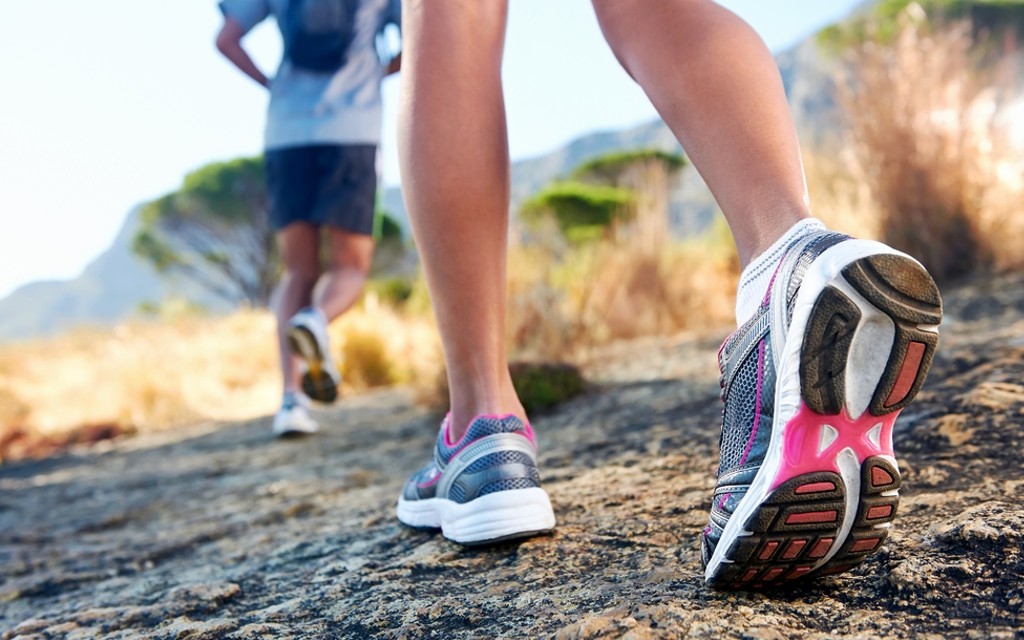Tips to Look Out for When Buying Shoes
At the Chelsea clinic, we can quite confidently say that if you wear well fitted and supportive footwear foot problems would halve.
- A good mattress
- a good pair of shoes
- a good work chair
will remedy many musculoskeletal aches and pains!
We like a simple sizing guide as provided by Ascent Footwear:
https://www.ascentfootwear.co.uk/page/sizing-guide
Measurements should take place whilst standing to accommodate the natural spread of bony and soft tissues with our body weight evenly distributed across the length and also breadth of both our feet. It is quite normal to have one foot slightly larger and measurements should be made to the larger foot.
We always recommend that socks are worn to provide a cleaner environment and provide another layer of support. If seams or sock stitching feels uncomfortable sometimes just turning socks inside out can remedy this. Seamless and/or sensitive socks made especially for the diabetic or rheumatoid patient can also be very helpful:
https://www.falke.com/uk_en/ts/falke-diabetic-socks/
Here are some of the criteria as set out by the Society of shoe fitters to look out for when buying your next pair of shoes:
From the longest toe to the end of your shoe there should be another half-inch to accommodate and this should be reflected in the SIZE of the shoes you select. The WIDTH and DEPTH should be broad enough from measuring the outside of your first toe to the outside of your fifth toe with a toe box deep enough to allow your toes ‘wiggle’ room. As podiatrists, we like either lace-ups or velcro secured at the instep level to support the foot firmly within the shoe.
Well-made shoes are designed with REMOVABLE INSOLES, especially helpful for those who require prescriptive customised orthoses. The back part of the shoe supporting the heel bone also known as the HEEL COUNTER should be firm. A maximum of a one and a quarter inch heel is recommended with a thick heel to provide more dissipation of force as opposed a narrow heel base. The SOLE should provide good grip and also shock absorption if it is too flexible whereby we can easily bend the shoe in the middle? Then this is not the shoe for us.
The clue is in the name ‘Slip ons’ and ‘flip flops’ hence slip and flop are not well-designed footwear leading to excessive use of our intrinsic foot muscles and overworking of the lesser toes, which, over time can contribute to lesser toe deformities.
If we can then incorporate as many of the above features into our daily footwear we at the Chelsea clinic are certain you will have much happier feet able to bring back that spring in your step.
For more information we recommend:
- https://britishfootwearassociation.co.uk/
- https://www.diabetes.org.uk/
- http://www.fitkidsshoes.org/
- https://www.healthy-footwear-guide.com/
- http://www.shoefitters-uk.org/
References:
- Ascent (2021). Ascent footwear technology. Available at: https://www.ascentfootwear.com.au/page/technology [Accessed 27/10/2021].
- The British footwear association (2021). Our mission. Available at: https://britishfootwearassociation.co.uk [Accessed 25/10/2021]
- Children’s Foot Health Register (2021). The children’s foot health register. Available at: http://www.fitkidsshoes.org/ [Accessed 27/10/2021].
- Diabetes Uk (2021). Moving more to reduce your risk of type 2 diabetes. Available at: https://www.diabetes.org.uk/preventing-type-2-diabetes/move-more [Accessed 21/10/2021].
- Farndon, L., Robinson, V., Nicholls, E. et al. If the shoe fits: development of an online tool to aid practitioner/patient discussions about ‘healthy footwear’. J Foot Ankle Res 9, 17 (2016). https://doi.org/10.1186/s13047-016-0149-2
- Healthy footwear guide (2021). Healthy footwear guide. Available at: https://www.healthy-footwear-guide.com/ [Accessed 22/10/2021].
- The Royal College of podiatry (2021). Foot problems. Available at: https://rcpod.org.uk/patient-information/walking/blisters [Accessed 27/10/2021].
- The Society of Shoe Fitters (2021). About us. Available at: http://www.shoefitters-uk.org/ [Accessed 25/10/2021].
- Vernon, W, Borthwick, A.M, Walker et al. Expert Group Criteria for the recognition of healthy footwear. British Journal of Podiatry 10, 4: 127–133 (2007).




